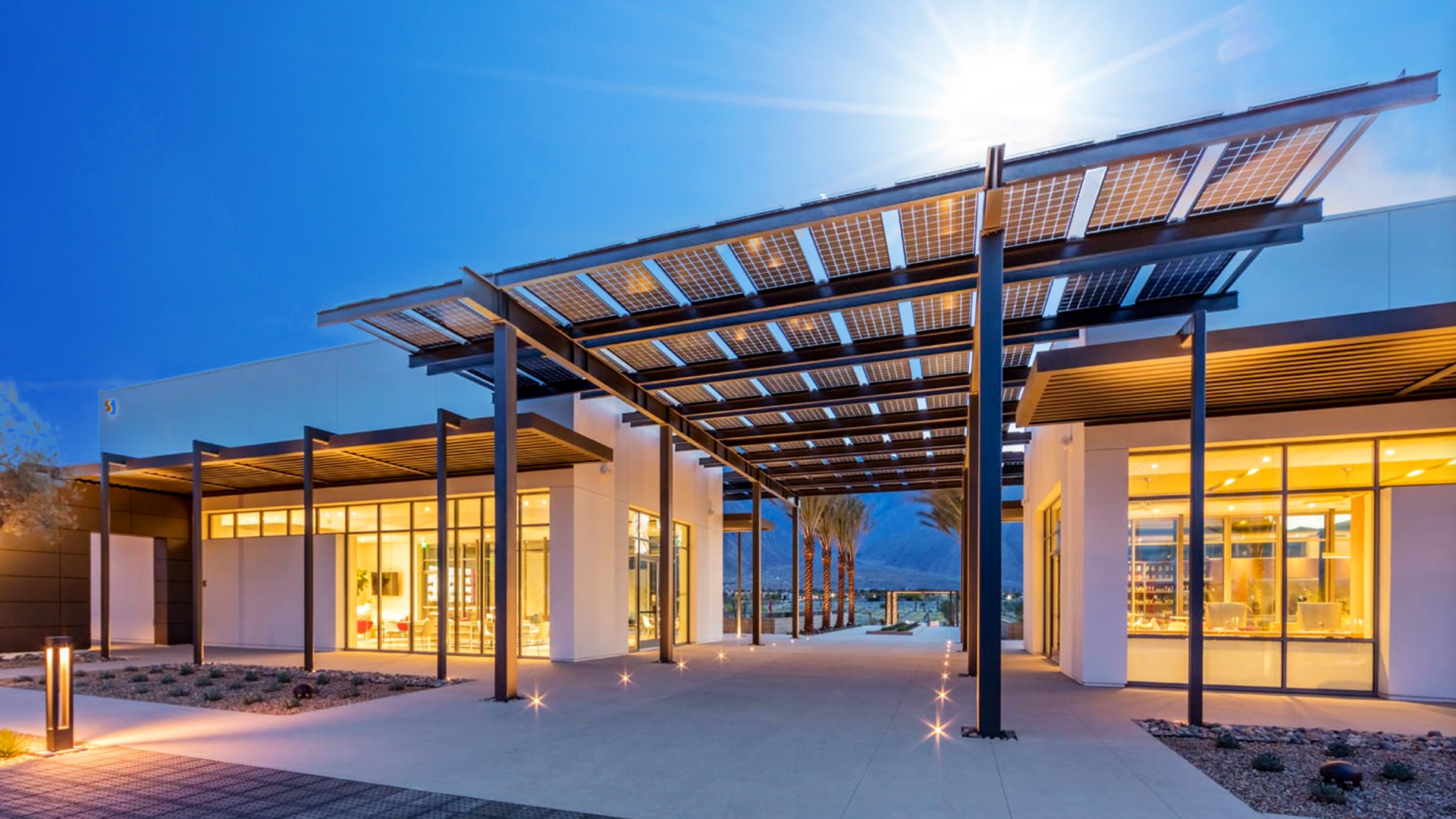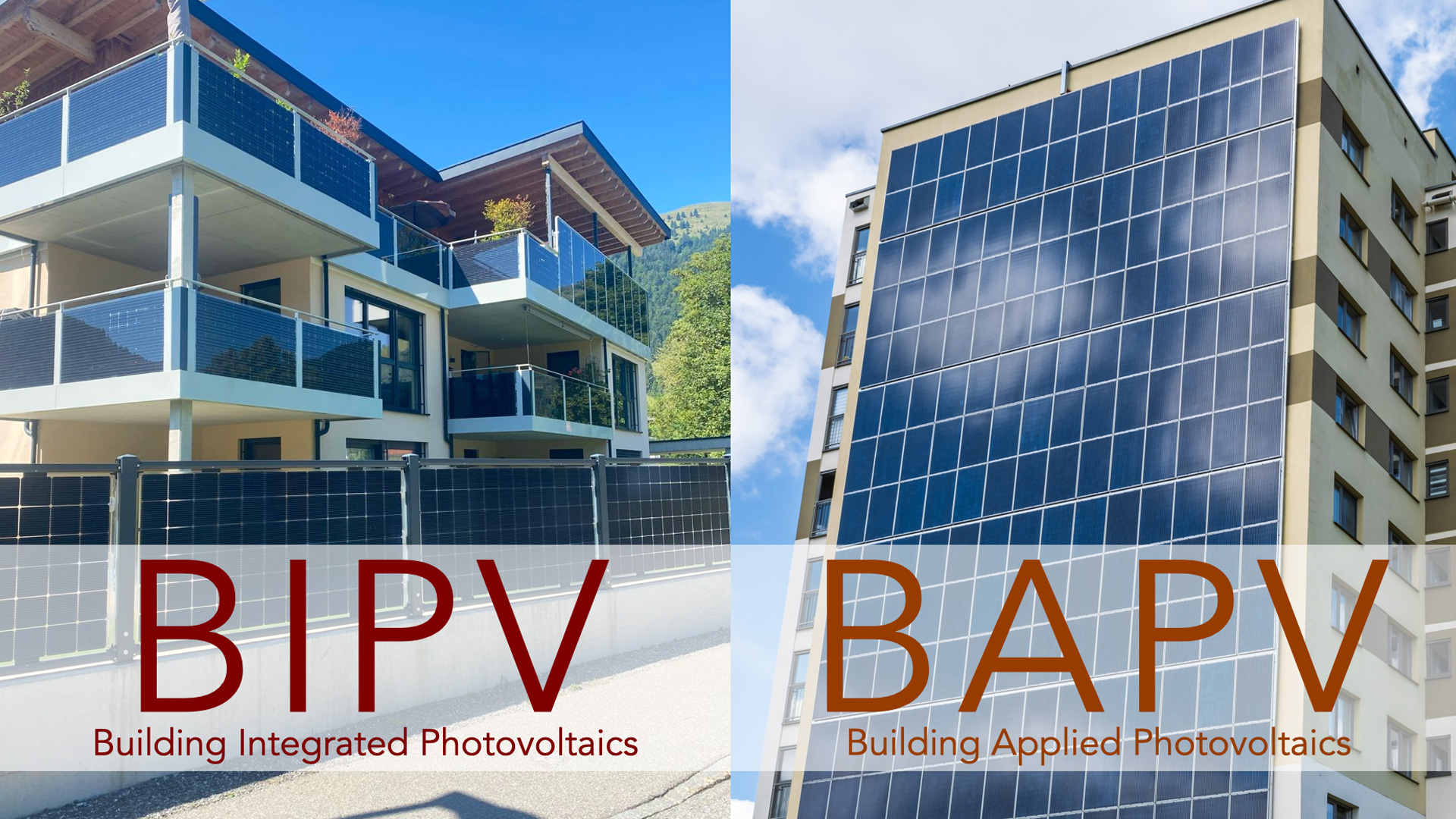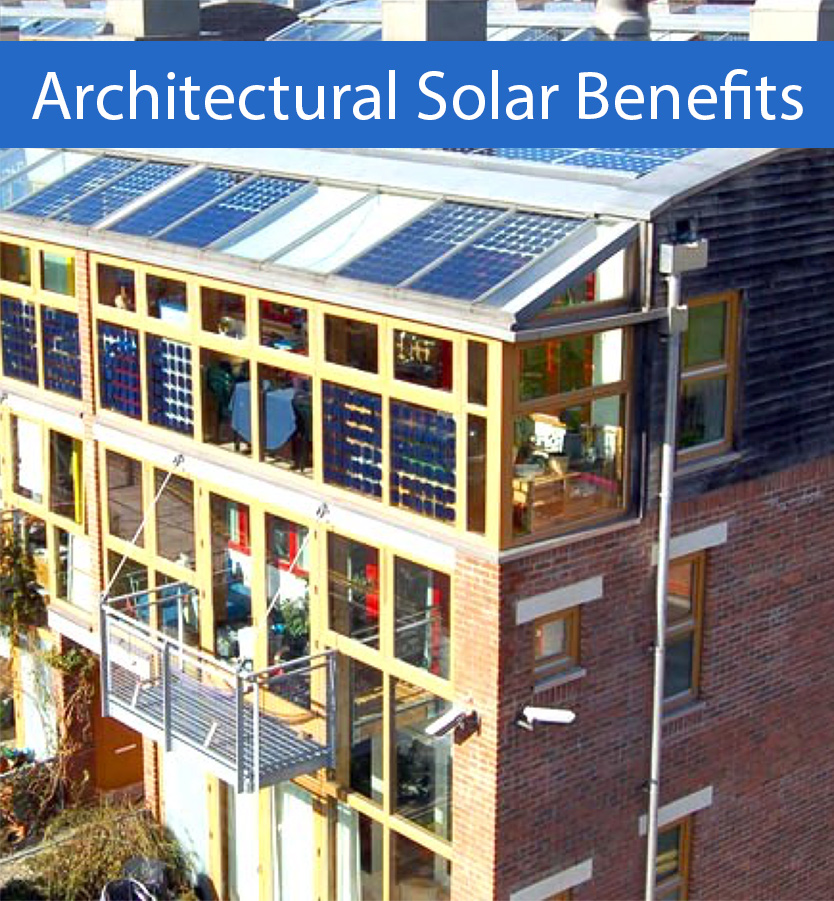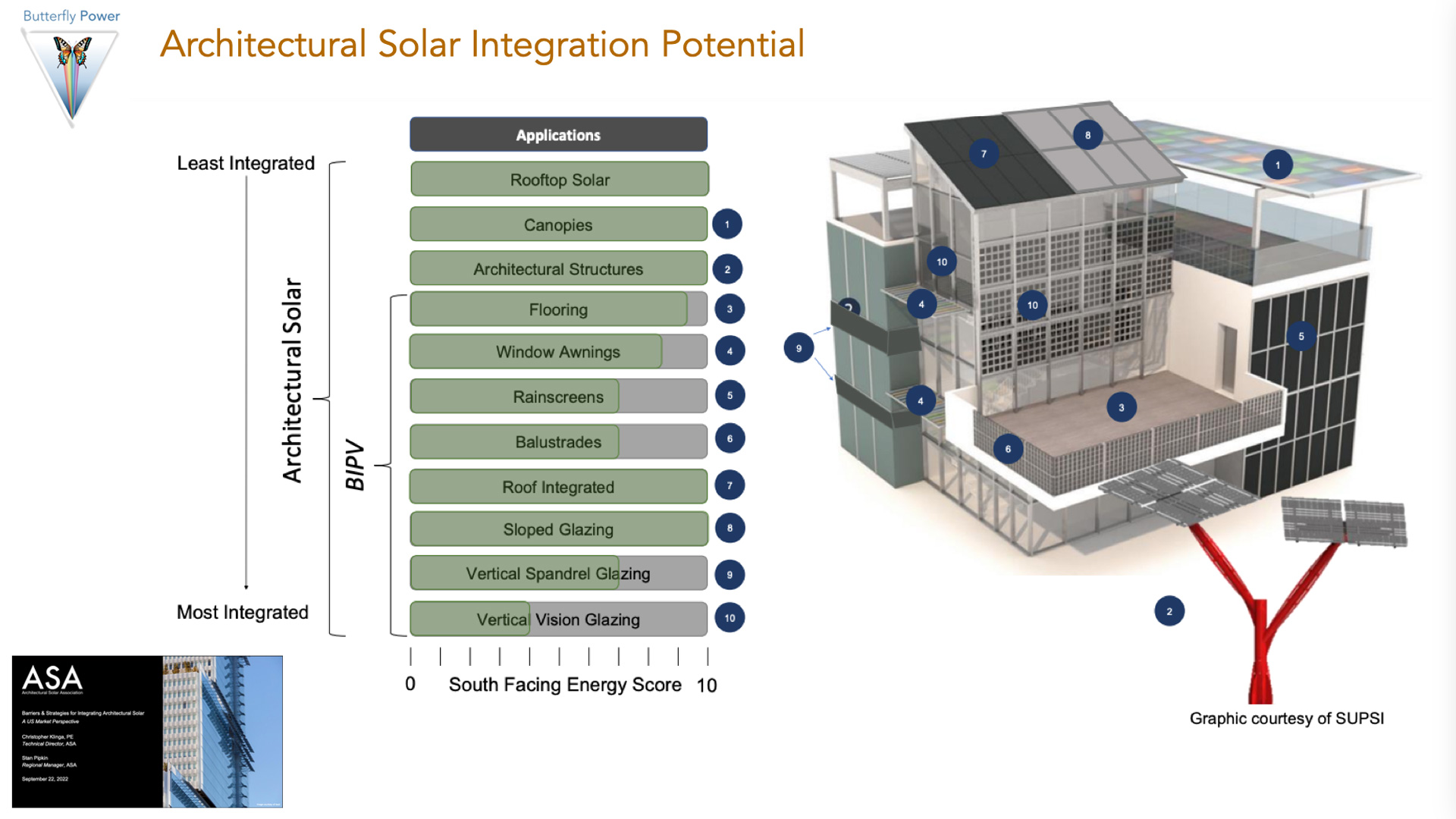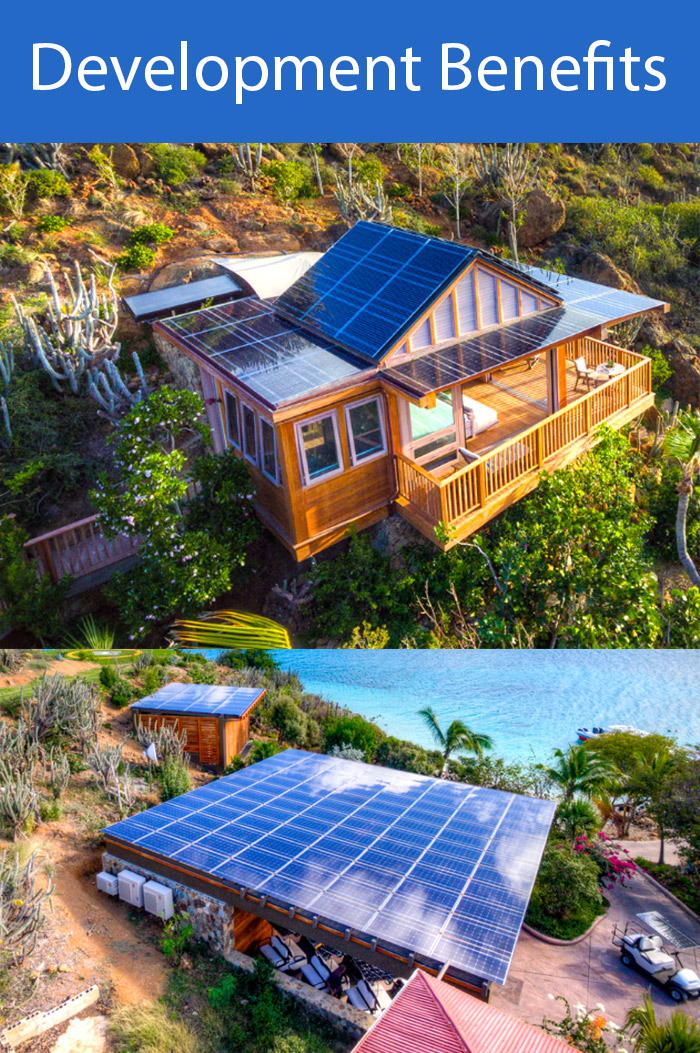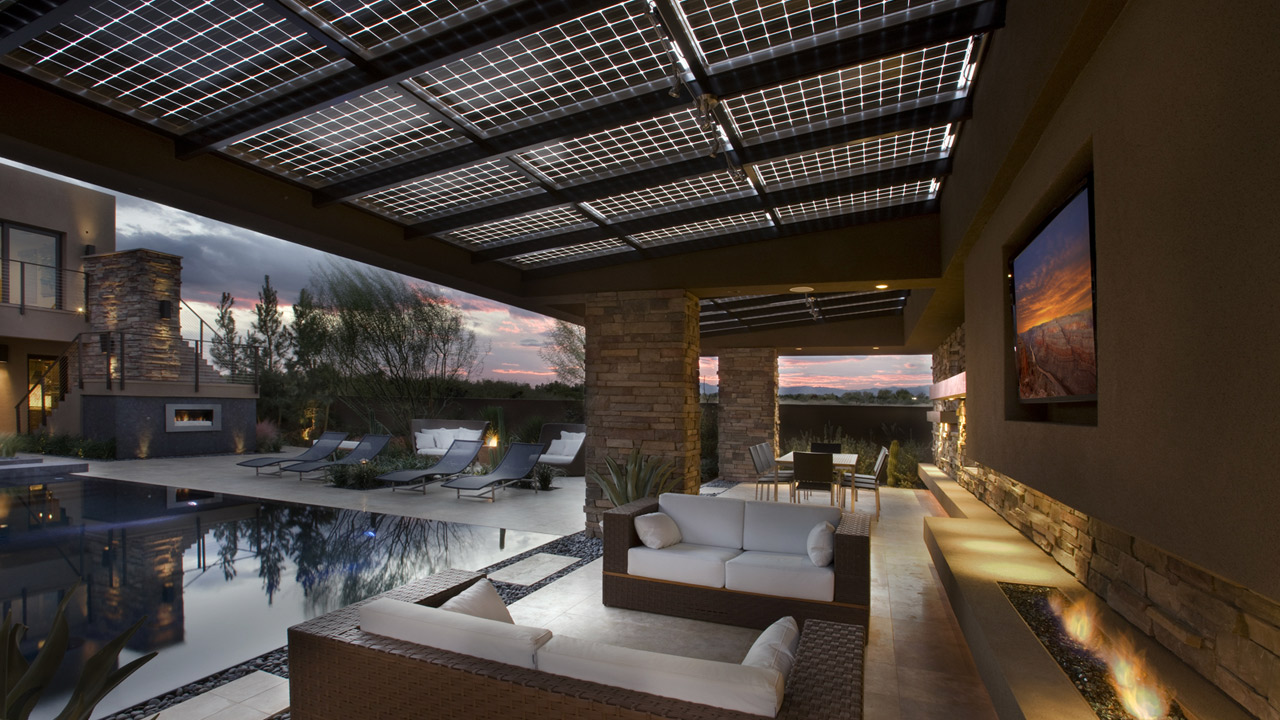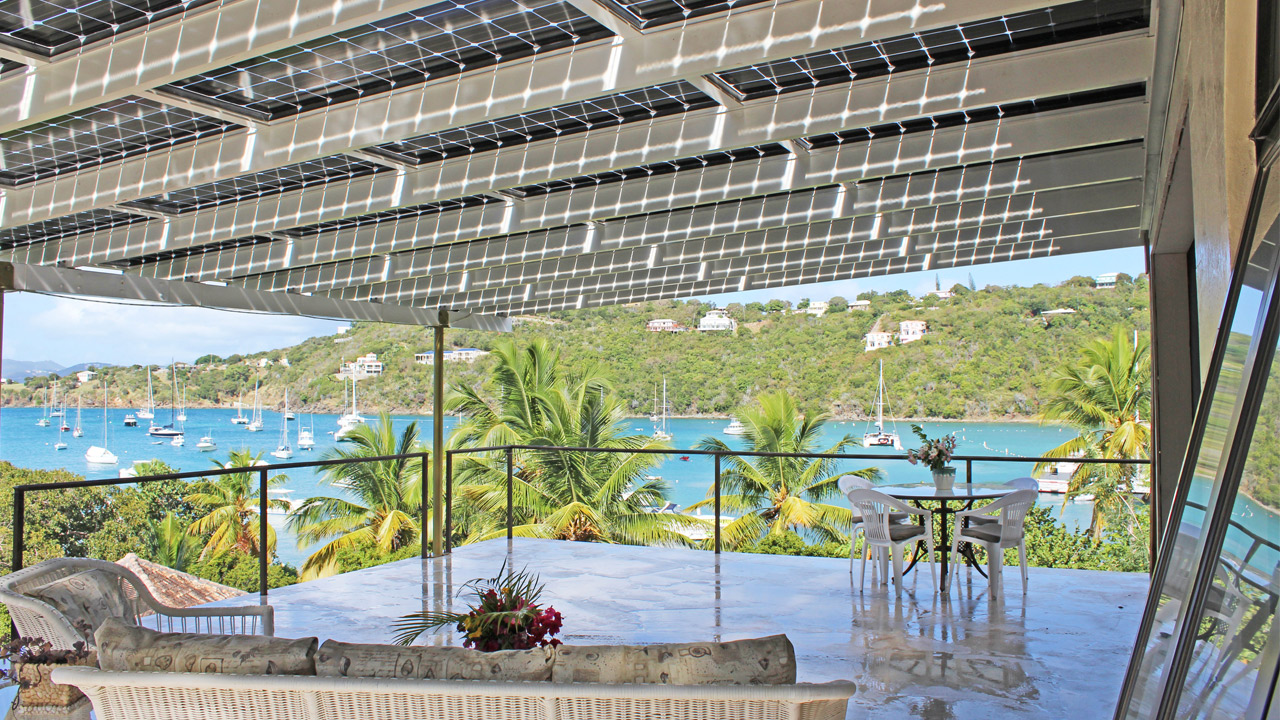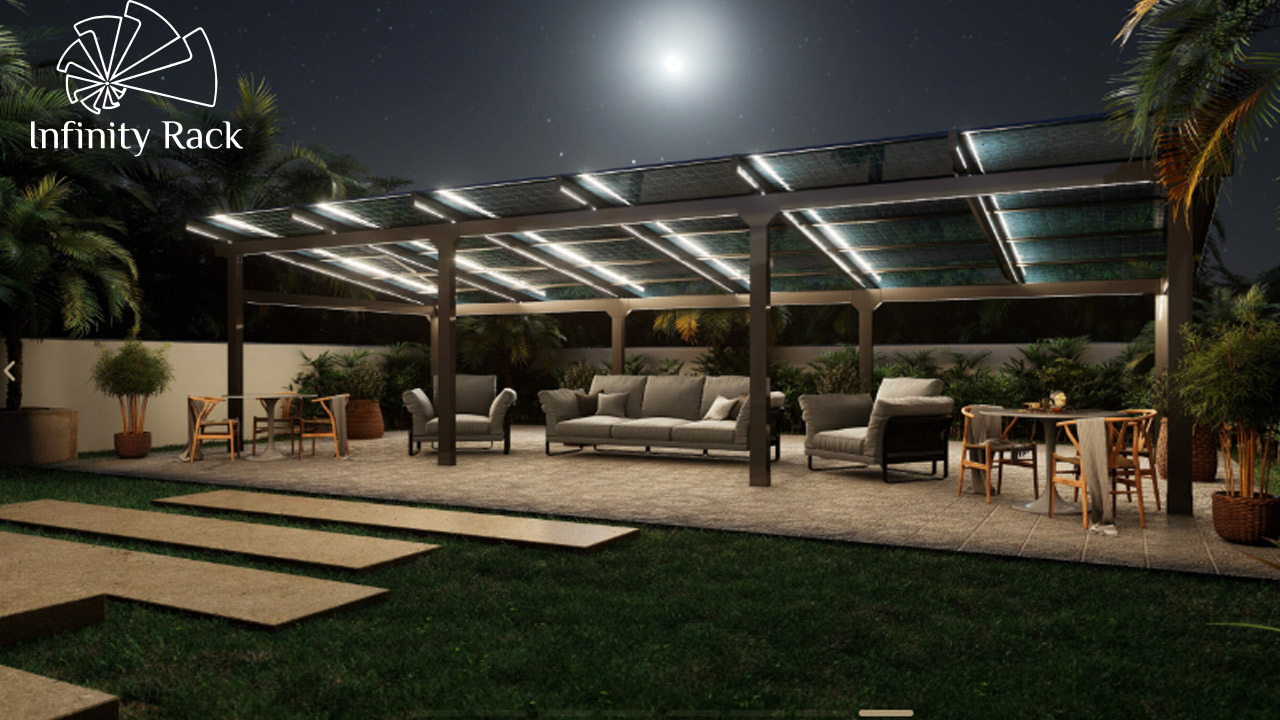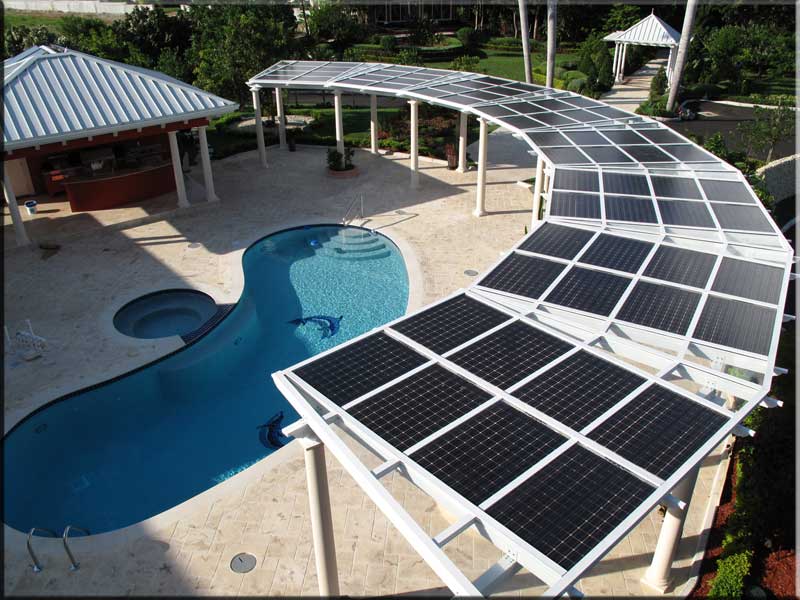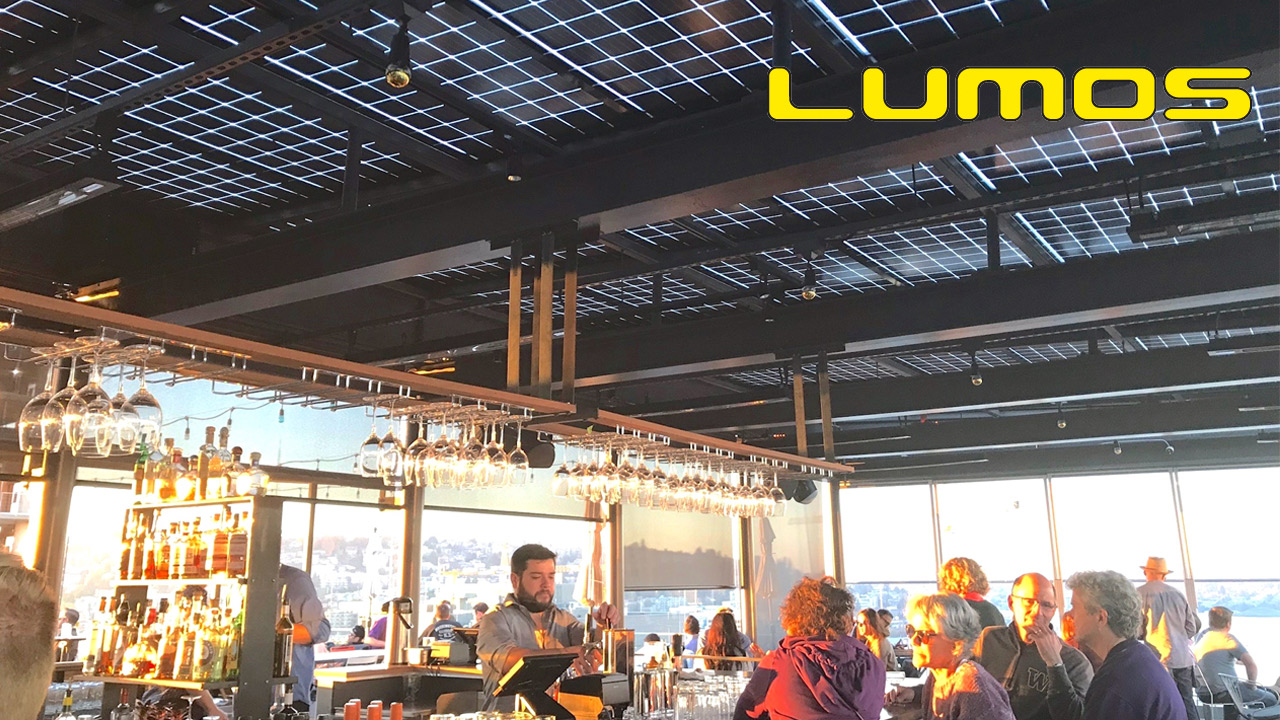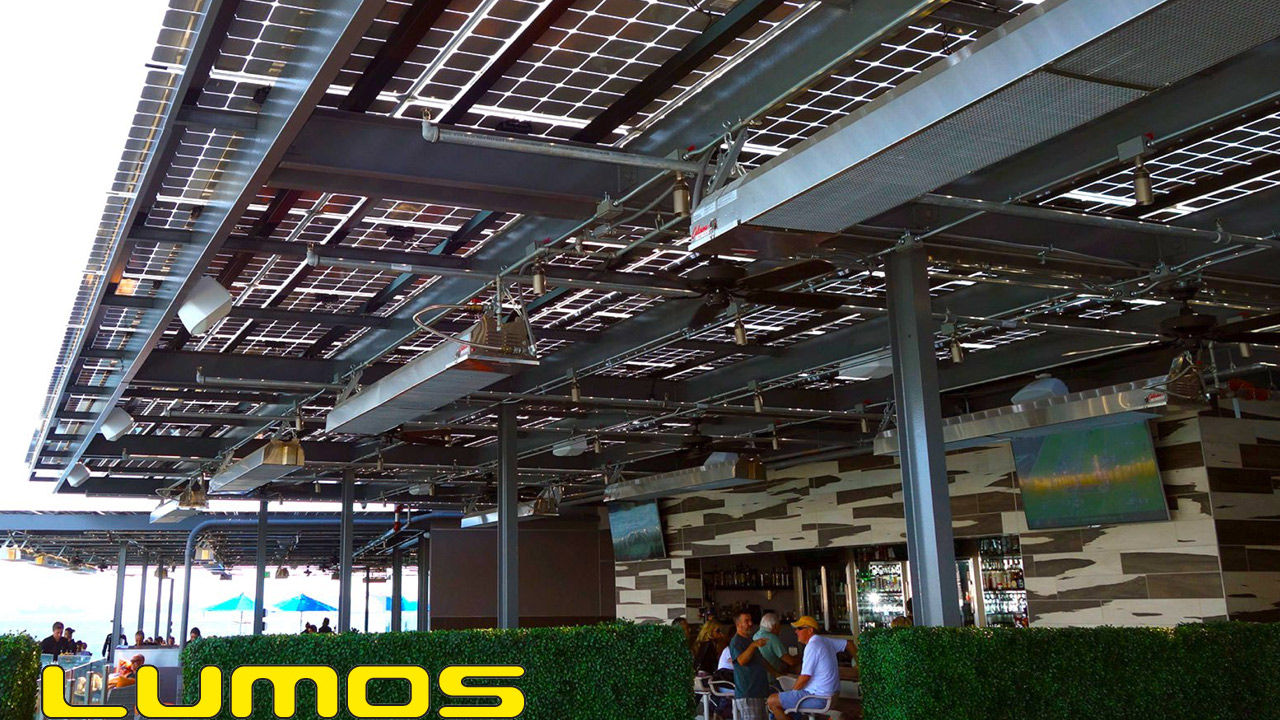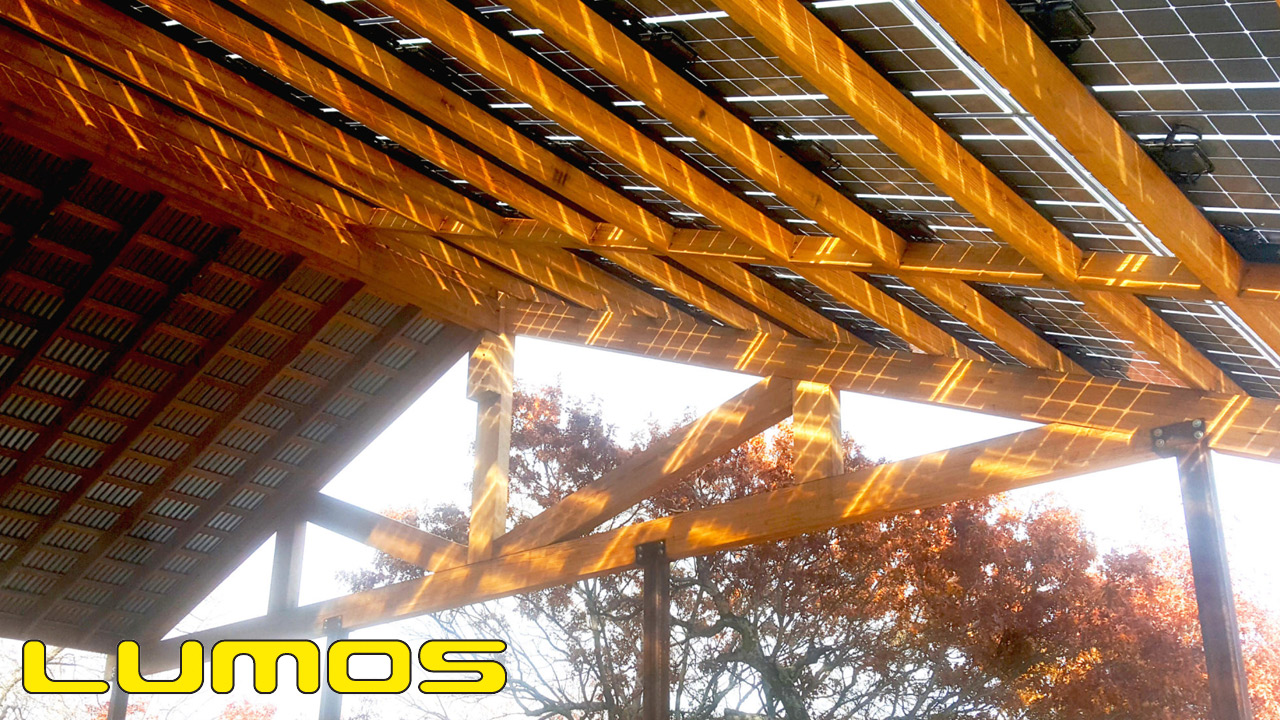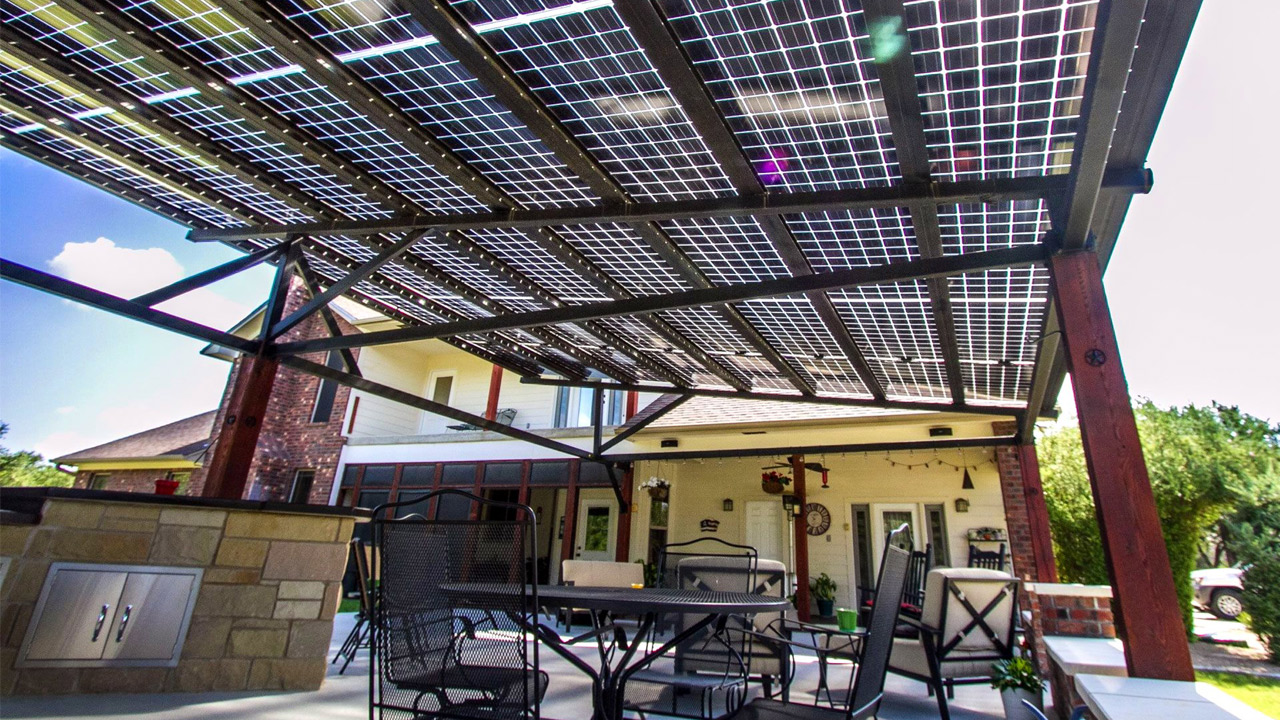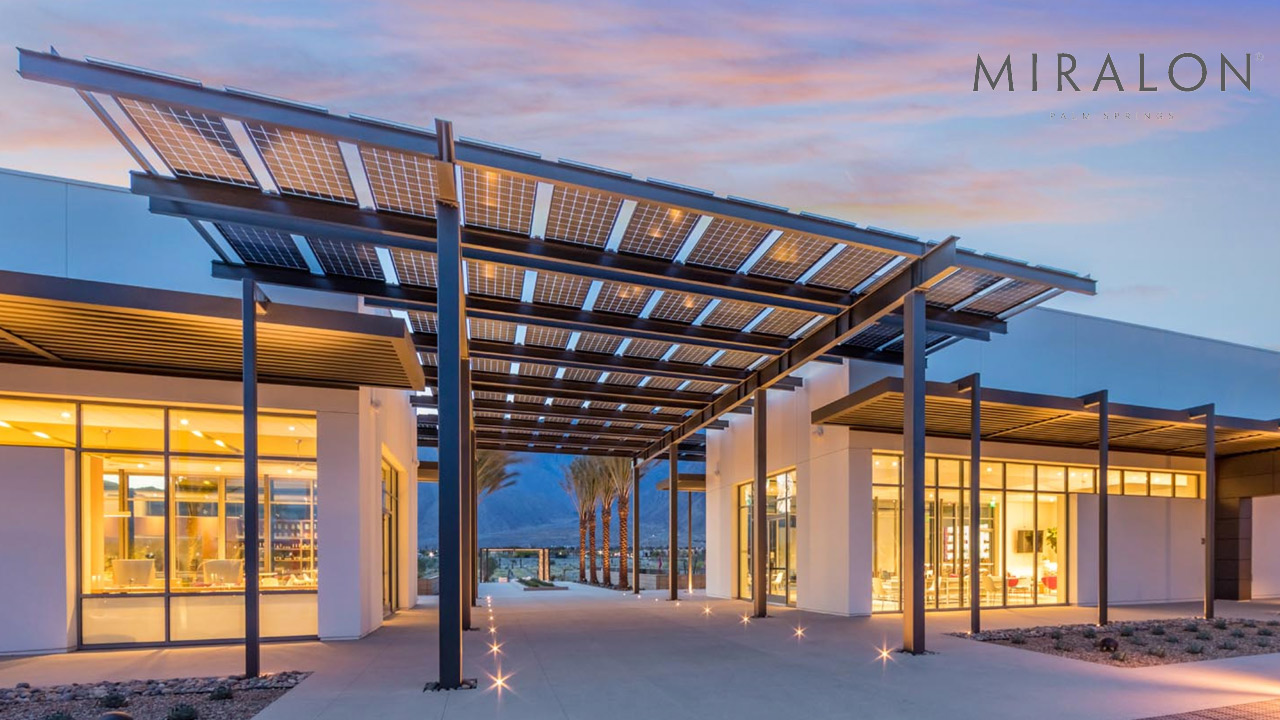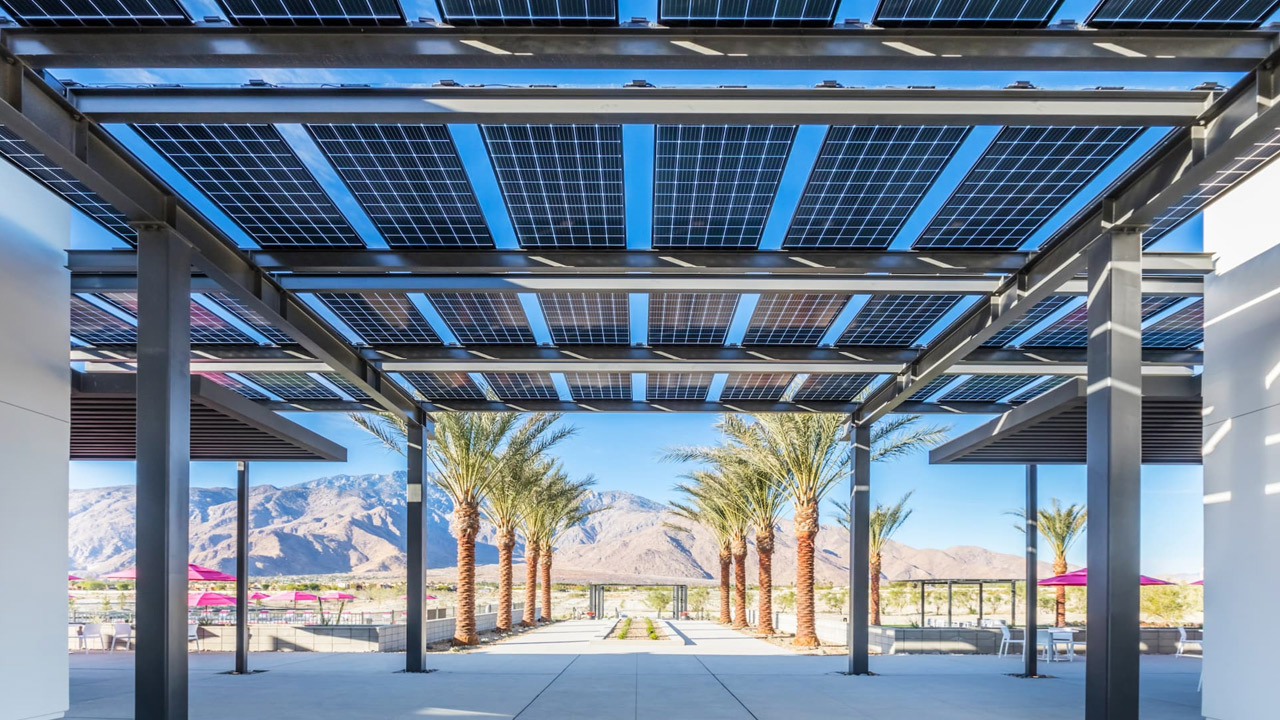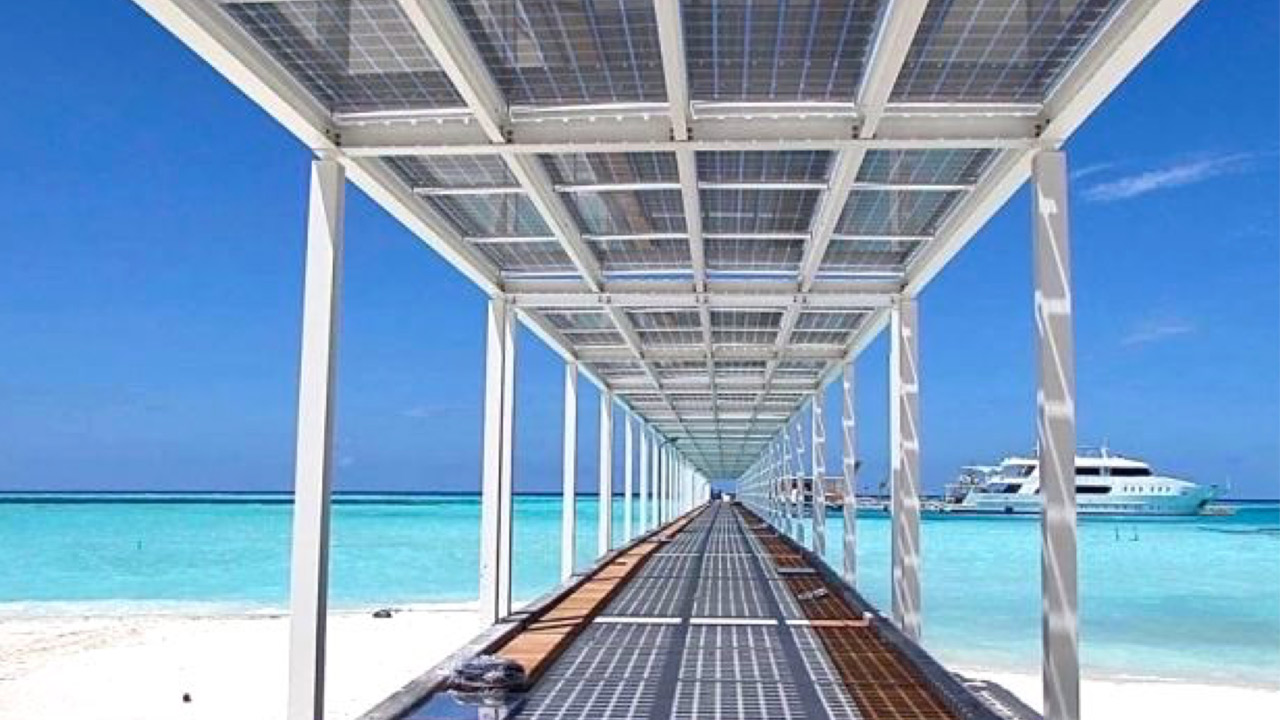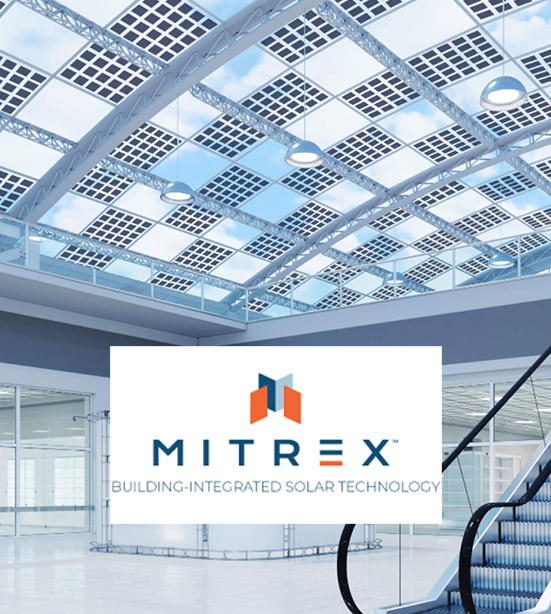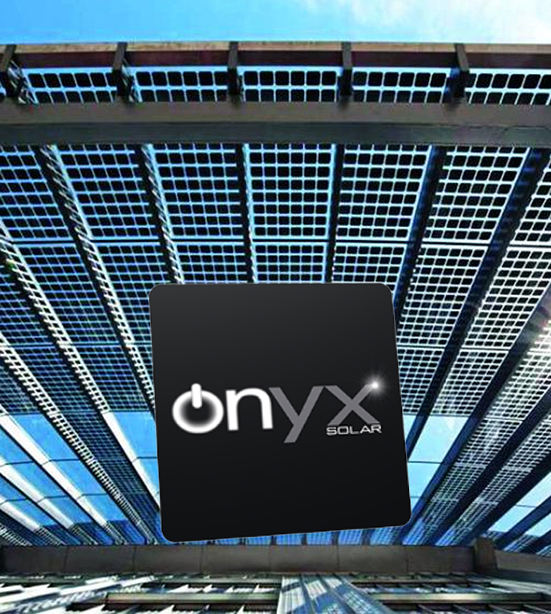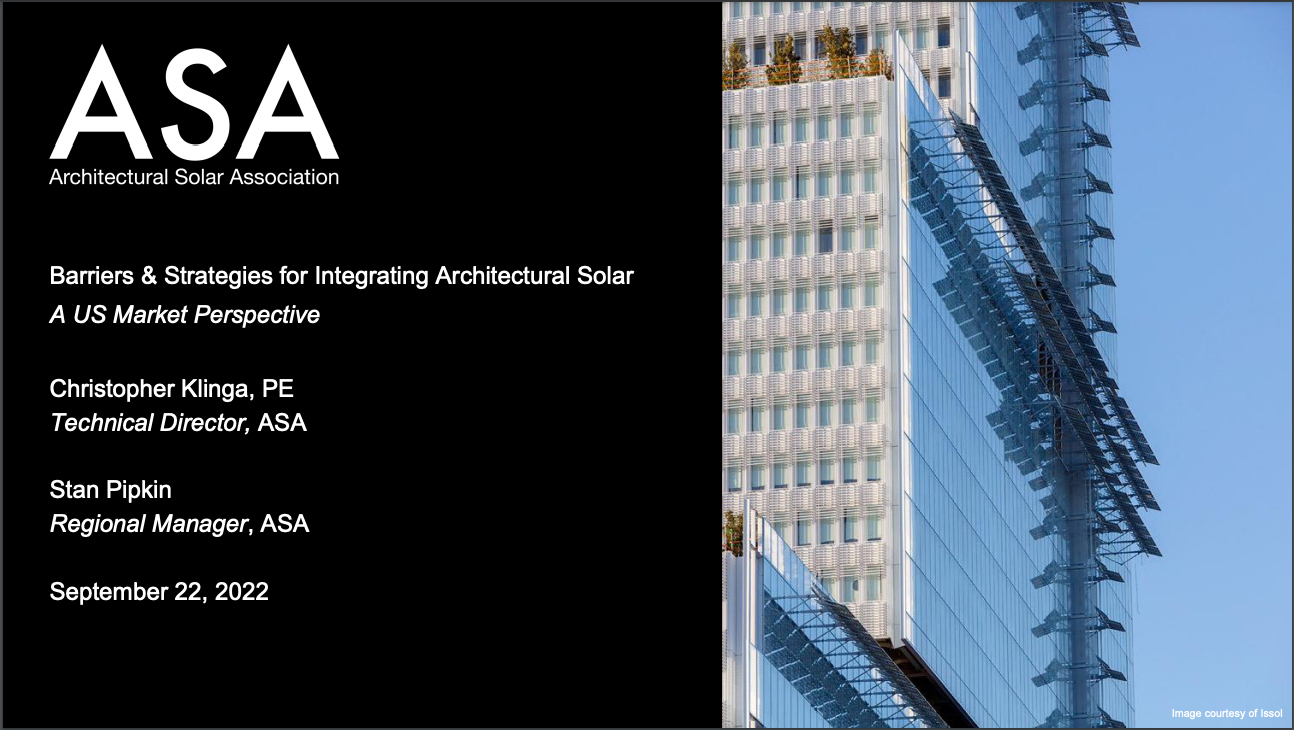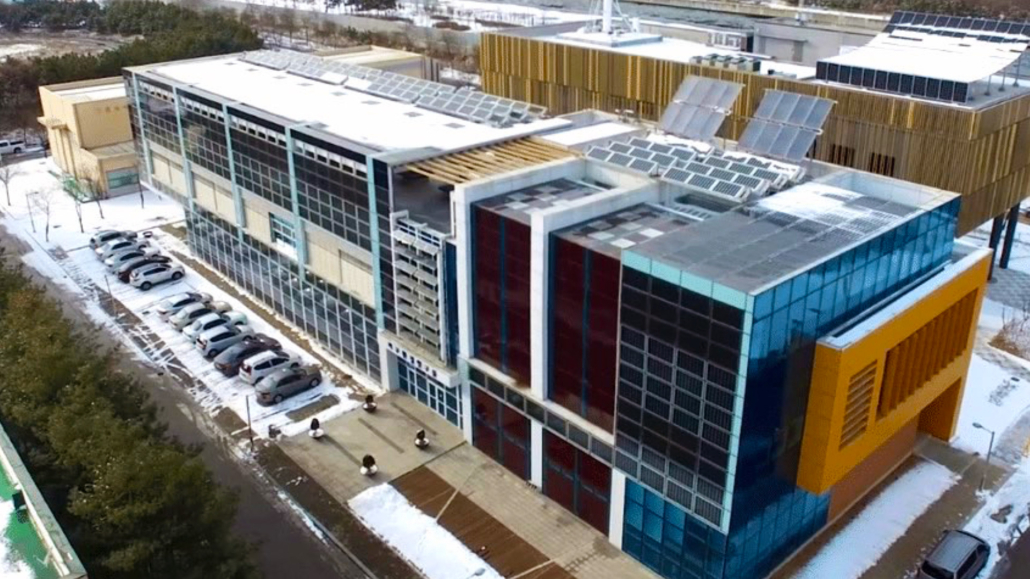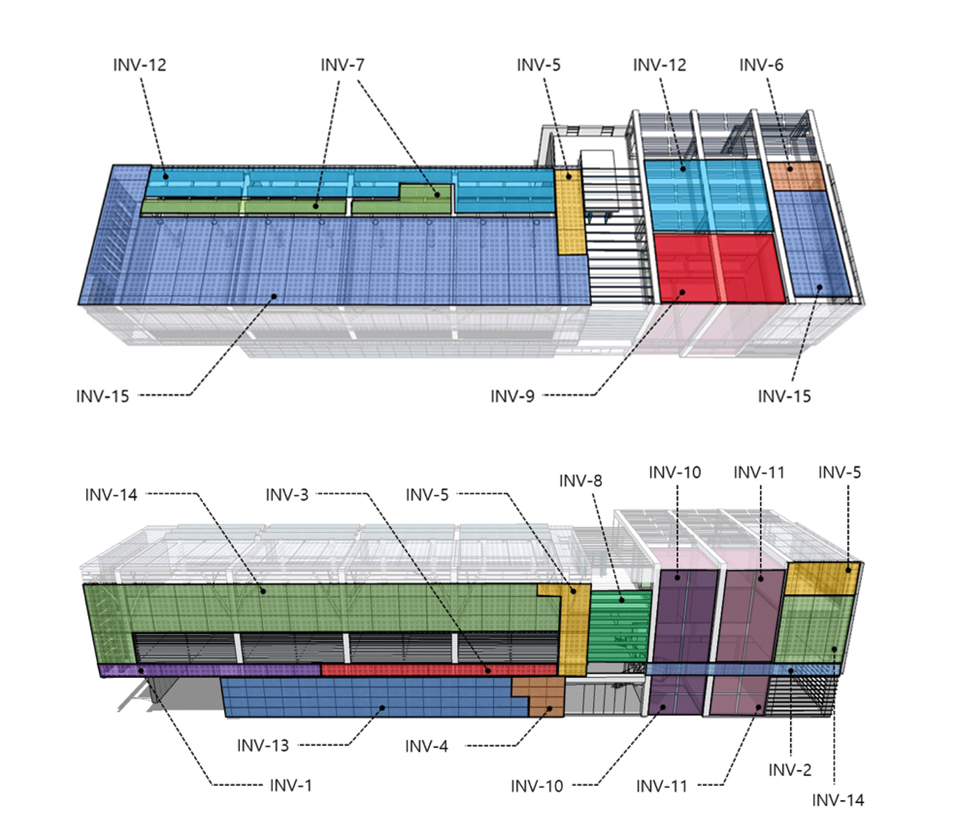Building-Integrated Photovoltaics (BIPV)
Building-integrated photovoltaics (BIPV) solar panels are dual-purpose: serving as both the material layer of a structure and power generation. BIPV turns many areas of building into high-performance power stations.This integrated approach, which brings together energy conservation, energy efficiency, building envelope design, and PV technology and placement, maximizes energy savings.
The combination of being architectural building blocks as well as passive and active solar components make BIPV for property owners, developers and builders.
BIPV integrations provide many opportunities for architects and developers to unite beauty, function and power generation into stunning designs.
A Quantum Leap for multiple sectors
Architectural solar provides many benefits and options to integrate with any type of project:
- Generates Power turning buildings into power generators.
- Reduces Expenses & produces revenue
- Reduces overall project costs through tax credits and incentives.
- Limitless Applications
- Available in Various Colours & Patterns
- Transparency & Design Options
- Lets natural light go through
- Thermal and sound insulation
- Filtering power as 99% of UV harmful radiation and up to 95% of IR radiation can be absorbed.


